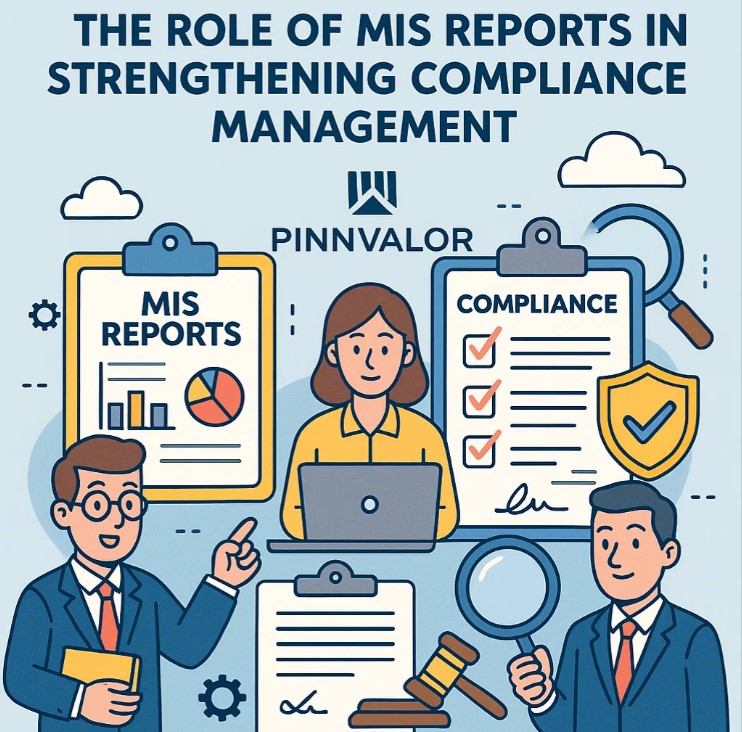
The Role of MIS Reports in Strengthening Compliance Management
In today’s fast-paced regulatory environment, organizations face increasing pressure to remain compliant with industry standards, government regulations, and internal policies. Failing to comply can result in hefty fines, reputational damage, and operational disruptions. To navigate this complex landscape effectively, companies are turning to Management Information System (MIS) reports as a powerful tool for compliance tracking and management.
Can MIS reports turn regulatory headaches into strategic advantages?
From early detection to performance benchmarking, MIS reports turn complex compliance challenges into actionable insights.
What are MIS Reports?
Management Information System (MIS) reports are structured documents that consolidate data from various departments and functions within an organization. They provide actionable insights, highlight key performance metrics, and help managers make informed decisions. When applied to compliance, MIS reports allow organizations to monitor adherence to policies, detect irregularities, and maintain audit-ready records.
Why Compliance Management Matters
Compliance management is not just about meeting regulatory obligations; it is about fostering transparency, accountability, and operational efficiency. Proper compliance management:
- Minimizes legal and financial risks
- Builds trust with stakeholders
- Enhances organizational reputation
- Promotes a culture of ethical business practices
How MIS Reports Strengthen Compliance Management
- Centralized Data Monitoring: MIS reports bring together compliance-related data from different sources into one centralized platform, ensuring managers have a holistic view of compliance status across the organization.
- Early Detection of Non-Compliance: Through timely updates and exception reporting, MIS helps in identifying compliance breaches early, enabling corrective measures before issues escalate.
- Audit Readiness: MIS reports create a systematic trail of compliance activities, making it easier for organizations to demonstrate adherence during audits or inspections.
- Performance Benchmarking: By tracking compliance KPIs, MIS reports allow organizations to benchmark their performance against industry standards and continuously improve processes.
- Risk Mitigation: MIS reports highlight high-risk areas where compliance lapses are most likely to occur, allowing management to implement preventive strategies.

Key Features of Effective Compliance MIS Reports
For MIS reports to add real value to compliance management, they should include:
- Accuracy: Data must be reliable and up-to-date.
- Clarity: Reports should be easy to interpret, with visual aids like charts and graphs.
- Relevance: Focused on compliance-related metrics, not overloaded with unnecessary data.
- Timeliness: Generated at regular intervals to keep stakeholders informed.
- Customizability: Tailored to meet specific compliance requirements of the organization.
Real-World Applications
- Financial Services: Monitoring KYC (Know Your Customer) and AML (Anti-Money Laundering) compliance.
- Healthcare: Ensuring adherence to patient privacy regulations like HIPAA.
- Manufacturing: Tracking workplace safety and environmental compliance.
- IT & Data Security: Monitoring compliance with data protection laws such as GDPR.
Conclusion
In an era where compliance is more critical than ever, MIS reports serve as an indispensable tool for organizations aiming to stay compliant, minimize risks, and build a culture of accountability. By providing clear, timely, and actionable insights, MIS reports empower compliance teams and leadership to make informed decisions that strengthen both governance and operational efficiency.
